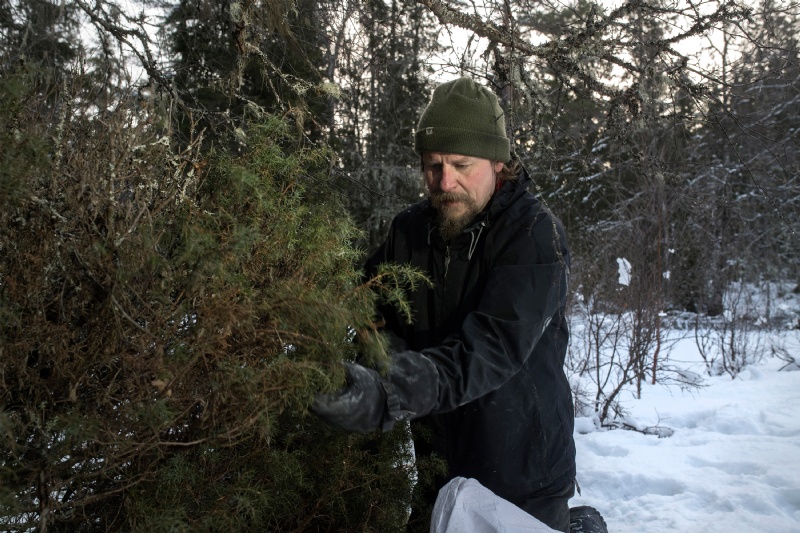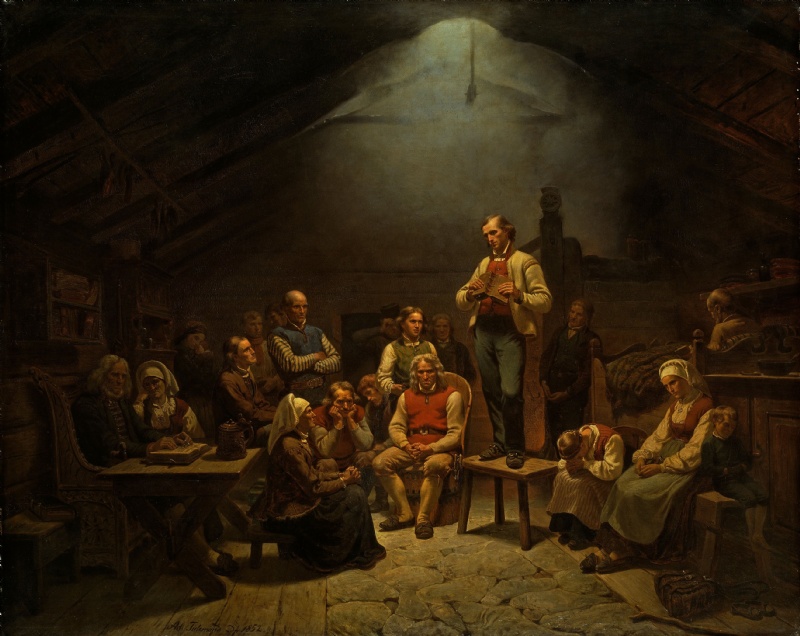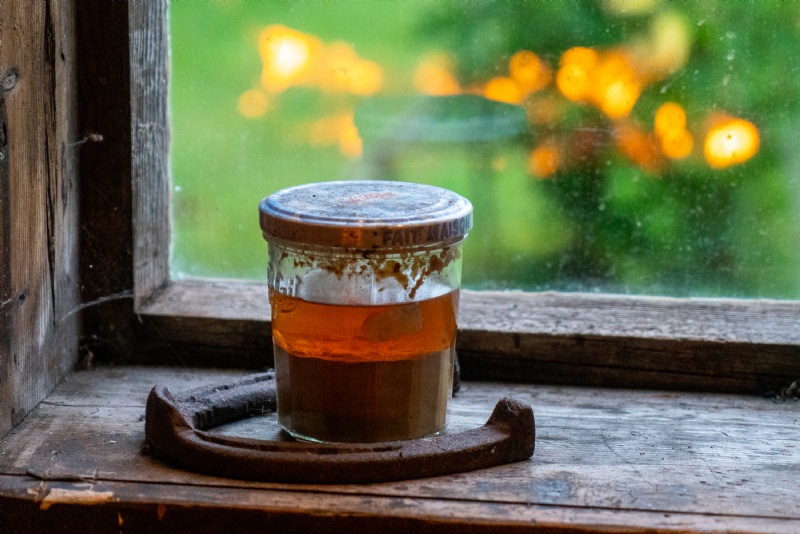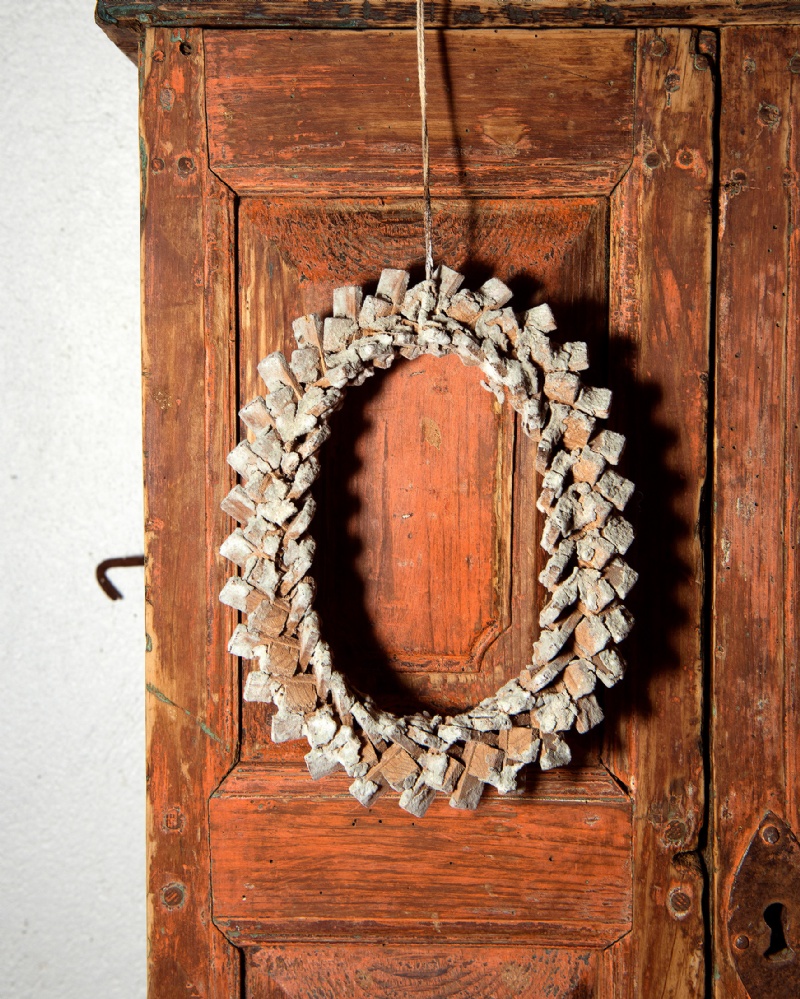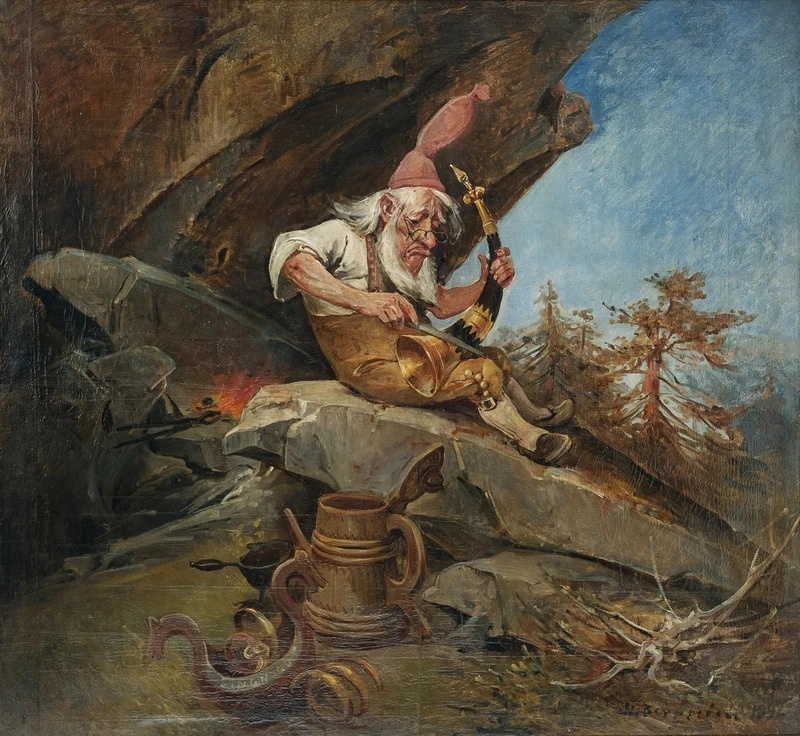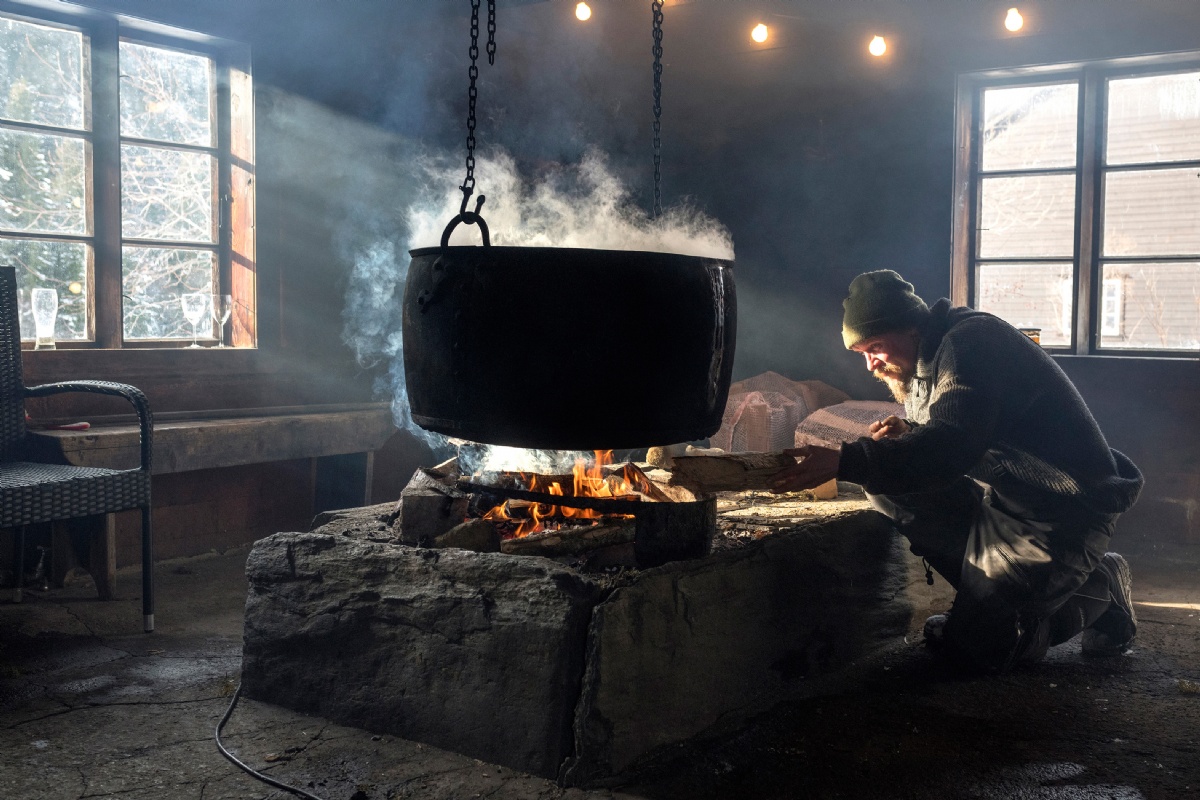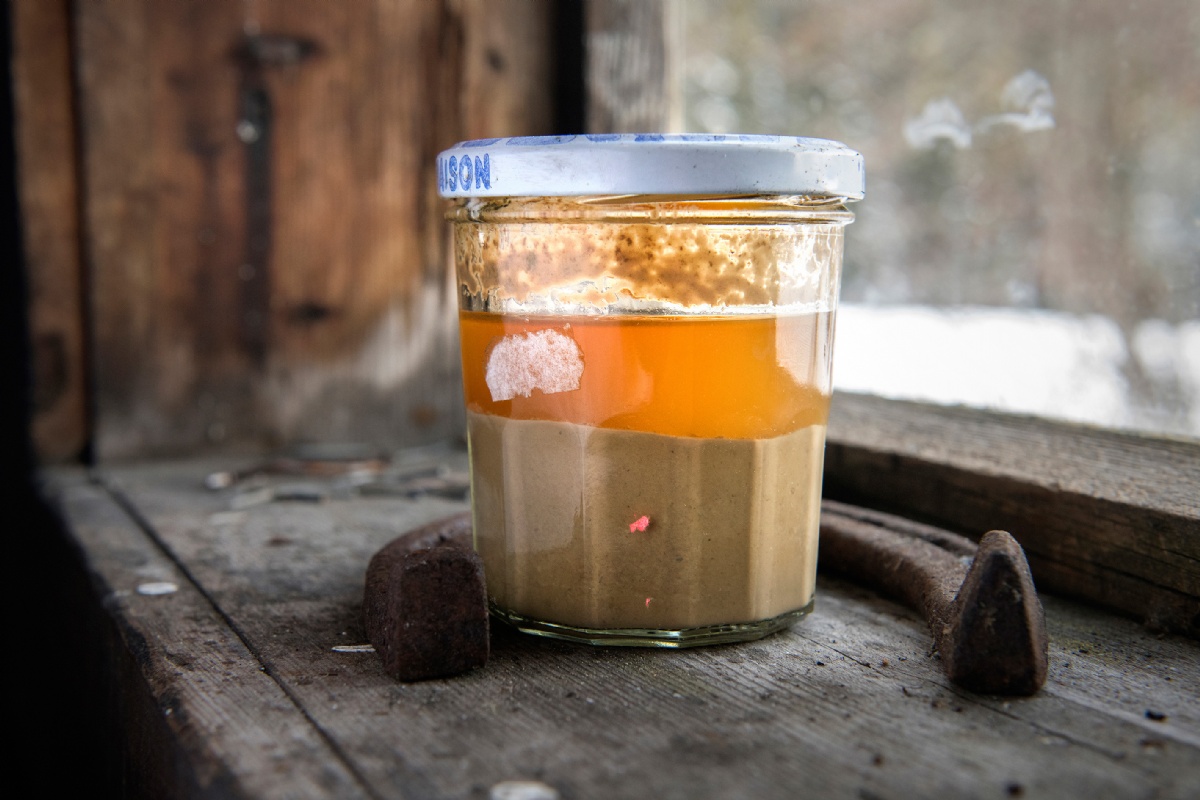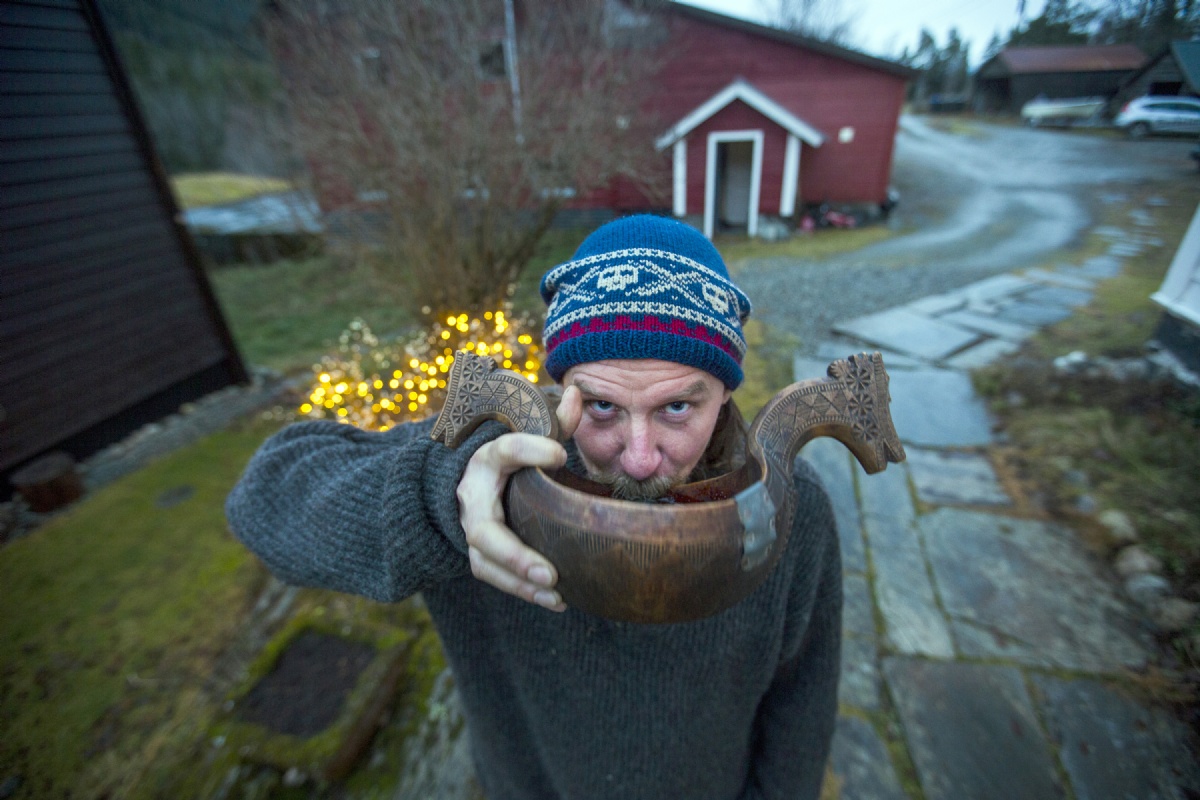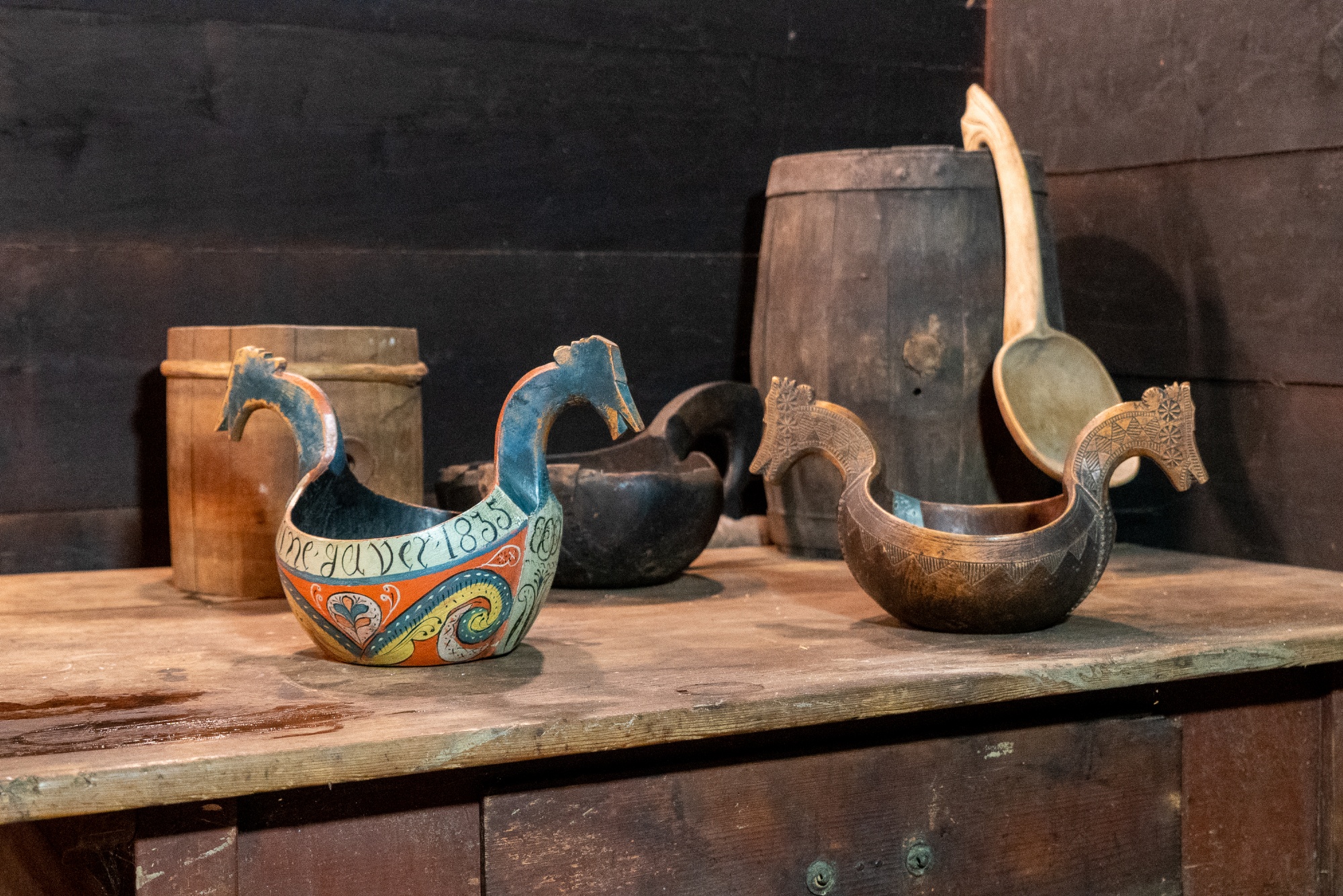The law of Gulating (900 CE) demands that each farmer must brew beer for the four festive seasons of the year, and the law of Frostating (1000 CE) lists the penalty for stealing hops, an important ingredient in beer.
The culture of brewing has been widespread across Scandinavia since before the Viking ages, but modern society has replaced the homebrew in most places. Only a few communities in western Norway - the Vestlandet - held on to the traditions using kveik for brewing.
The traditional kveik yeast has always been a shared resource. If one farmer's kveik went bad, the neighbour would lend a fresh sample. According to local customs, one should not say thank you for a sample of kveik - that could bring bad luck to the brewer, or jinx the beer. The best way was just to help one self with a bit of kveik from the neighbor's brew house.
The traditions, and the kveik, survived only because of a strong cultural identity and pride in its heritage. The people of places like Voss has also kept another tradition important to the survival of kveik; the
smokehouse. Local food traditions of curing and smoking meat and sausages has kept the smokehouses intact on many farms, even when modern living and electric cooking stoves was introduced.
The kveik can ferment at much higher temperatures than other yeast without causing off-flavors. Ordinary brewer's yeast will usually produce off-flavors above 25C (77F), but kveik can go as high as 43C (109F) without ill effects.
